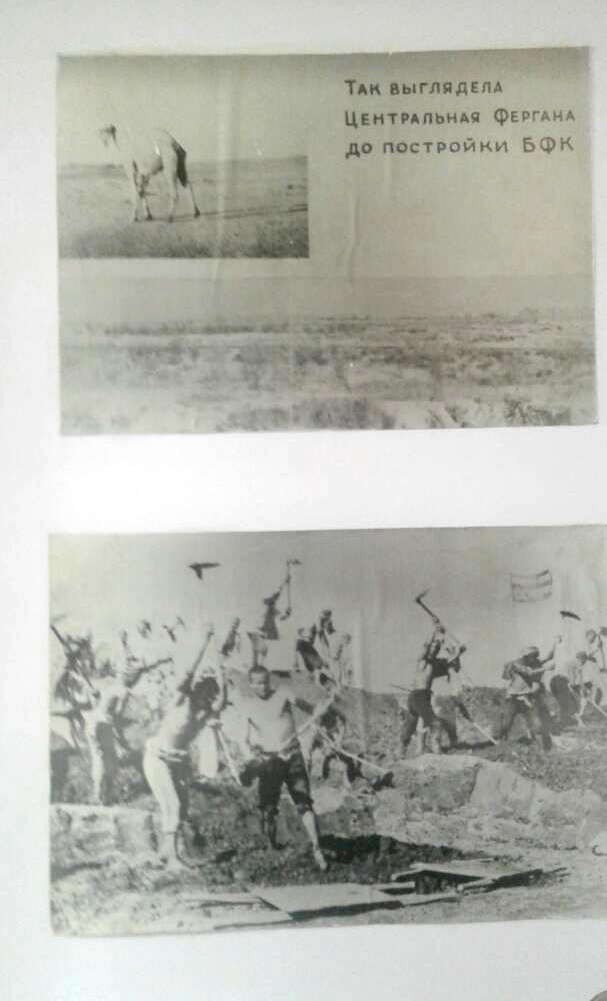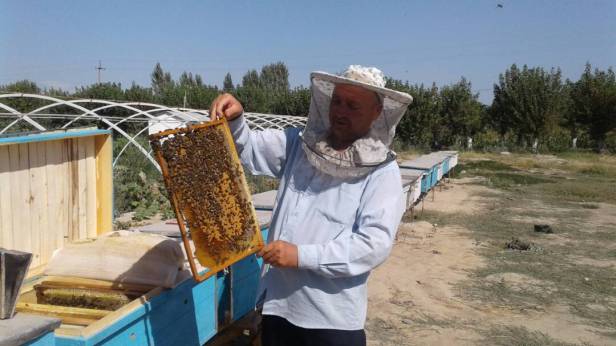Text: Salamat Ajimov, Edda Schlager Photography: Salamat Ajimov
On August 13 the expedition was busy around the city of Namangan in the Fergana valley, Uzbekistan.
The highlight, for sure, was an open air lecture at the junction of the rivers Naryn and Karadarya, which form the river Syrdarya – one of the main rivers in Central Asia and one of only two tributuaries of the Aral Sea more than 2,200 kilimeters further west.
The Fergana valley is Central Asia’s granary, and water is the main resource. Already thousands of years ago people started to develop elaborated irrigation systems.
Today, the Great Fergana Canal is the main water vein for farmers in this region. It was built in 1939 in only 45 days. Around 163,000 farmers were involved in the construction of this 215 kilometers long water canal.
It’s administration is complicated and has to be managed very carefully, as thousands of farmers depend on its functionality.
An impressive day, as the team members, again, saw that the sustainable supply with water resources is nothing to take for granted – it’s a complex mosaic of cooperation between different stakeholders and groups of interest, even across borders.
Reference
Organizers of the expedition:
- Kazakhstan-German University (GKU)
- The Smart Waters project, executed by the Regional Environmental Center of Central Asia (CAREC) with the financial support of the United States Agency for International Development (USAID)
- Swiss Agency for Development and Cooperation (SDC)
- International Fund for Saving the Aral Sea (IFAS)



